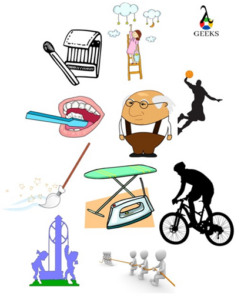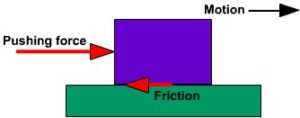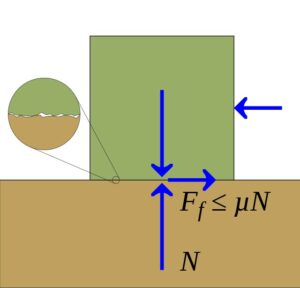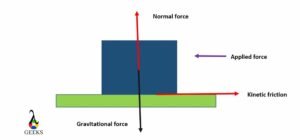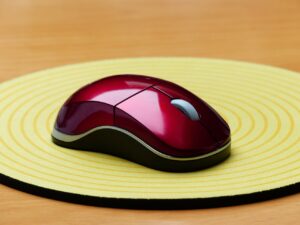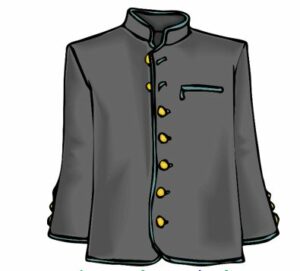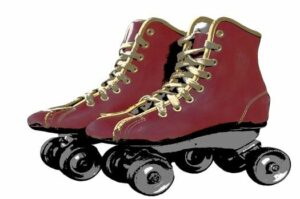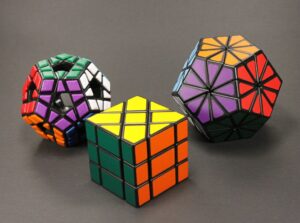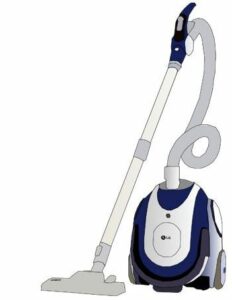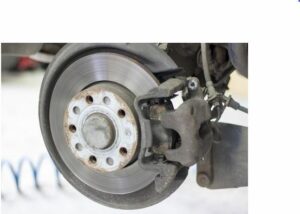Friction is a force that we encounter in our everyday lives. It plays a crucial role in various aspects, from walking to driving a car. However, there are certain situations where friction is not useful and can even be a hindrance. In this article, we will explore these scenarios and understand why friction may not always be beneficial. We will delve into areas such as lubrication, transportation, and technology to uncover where friction can pose challenges and limitations. So, let’s dive in and discover where friction falls short in its usefulness.
Key Takeaways
- Friction is not useful in situations where smooth and efficient movement is required, such as in the design of machinery and vehicles.
- Friction can hinder the performance of moving parts and cause wear and tear, leading to decreased efficiency and increased maintenance.
- In certain sports and activities, minimizing friction can enhance performance and reduce the risk of injury.
- Lubricants and other methods can be used to reduce friction and improve the overall efficiency of mechanical systems.
Where is Friction Not Useful?
Friction is a force that resists the relative motion or tendency of motion between two objects in contact. While friction plays a crucial role in many aspects of our daily lives, there are certain situations where it is not useful or even detrimental. Let’s explore some of these scenarios.
In Sports
In the world of sports, friction can sometimes hinder performance. For example, in track and field events such as sprinting, athletes strive to minimize friction between their shoes and the ground. This is why sprinters wear specialized shoes with spikes that provide better traction. By reducing friction, sprinters can maximize their speed and efficiency, allowing them to achieve faster times.
For Skateboarders
Skateboarding is another area where friction can be a hindrance. Skateboarders often perform tricks and maneuvers that require smooth and controlled movements. Excessive friction between the skateboard wheels and the ground can impede these movements, making it difficult to execute tricks with precision. To overcome this, skateboarders often apply wax or other lubricants to reduce friction and ensure smoother rides.
In Airplanes
Friction also poses challenges in the aviation industry. When an airplane is in flight, it encounters air resistance, which is a form of friction. This resistance opposes the motion of the aircraft and requires additional energy to overcome. To minimize this drag, airplanes are designed with streamlined shapes and smooth surfaces. By reducing friction with the air, airplanes can achieve greater fuel efficiency and higher speeds.
Where There is No Friction
In certain situations, having no friction can be advantageous. For example, in manufacturing processes that involve moving heavy objects, friction can make it difficult to slide or transport them. By utilizing frictionless materials or lubricants, the objects can be moved with ease, reducing the effort required and increasing efficiency.
Where Friction is Not Helpful
Friction can also be a disadvantage in certain mechanical systems. For instance, in engines and machines, friction between moving parts can lead to wear and tear, reducing their lifespan and efficiency. To mitigate this, engineers employ various techniques such as using lubricants, bearings, and precision engineering to minimize friction and ensure smooth operation.
In Swimming
When it comes to swimming, friction can slow down swimmers and impede their progress through the water. Competitive swimmers wear specialized swimsuits that are designed to reduce drag and minimize friction with the water. These swimsuits are made from materials that repel water and have a smooth surface, allowing swimmers to glide through the water with minimal resistance.
In Everyday Life
Friction can sometimes be a nuisance in our everyday lives. For example, squeaky doors and hinges are often a result of friction between the moving parts. To address this, lubricants such as oil or grease are applied to reduce friction and eliminate the annoying noise. Similarly, when sliding furniture across the floor, friction can make it challenging to move them smoothly. Using furniture sliders or applying a lubricant can help reduce friction and make the process easier.
Where Friction is Used in Everyday Life
While friction can be problematic in certain situations, it is also essential in various aspects of our daily lives. For instance, the soles of our shoes have a tread pattern that increases friction with the ground, providing us with traction and preventing slips and falls. Additionally, the brakes in vehicles rely on friction to slow down and stop the moving wheels, ensuring our safety on the roads.
In conclusion, while friction is a fundamental force that has numerous benefits, there are specific scenarios where it is not useful or even detrimental. Whether it’s in sports, aviation, or everyday life, understanding when and where friction can be a disadvantage allows us to find innovative solutions to overcome its limitations and improve our efficiency and performance.
Interesting Facts about Friction
Friction is a force that we encounter in our daily lives, often without even realizing it. It plays a crucial role in various aspects of our lives, from walking to driving a car. Let’s explore some intriguing facts related to friction.
Friction is Everywhere
Friction is present in almost every interaction between objects. Whether it’s the grip between your shoes and the ground, the movement of gears in a machine, or the rubbing of your hands together, friction is at work. It is a force that opposes motion and is caused by the roughness of surfaces.
Friction Can Be Both Helpful and Harmful
While friction is essential for many everyday activities, there are instances where it can be a disadvantage. For example, in machines and engines, friction between moving parts can cause wear and tear, leading to decreased efficiency and increased energy consumption. To overcome this, engineers strive to reduce friction by using lubricants and designing smoother surfaces.
Friction Generates Heat
When two surfaces rub against each other, the friction between them generates heat. This phenomenon can be observed when you rub your hands together vigorously and feel them getting warmer. In some cases, excessive heat due to friction can cause damage or even start a fire. That’s why it’s important to be cautious and avoid situations where friction can lead to overheating.
Friction Can Be Reduced
In certain situations, reducing friction is desirable. For example, in sports, athletes often wear special shoes with low friction soles to minimize resistance and improve performance. Similarly, in industries, engineers design machines and equipment with friction-reducing mechanisms to increase efficiency and reduce energy consumption.
Friction Can Be Overcome
In some cases, friction can be a significant obstacle that needs to be overcome. For instance, when launching a rocket into space, the force of friction between the rocket and the Earth’s atmosphere can hinder its ascent. To overcome this, rockets are designed with powerful engines that generate enough thrust to propel them through the atmosphere and into space.
Friction Affects Motion
Friction has a direct impact on the motion of objects. It can either slow down or stop the motion of an object or help to maintain its speed and direction. For example, the friction between the tires of a car and the road allows the driver to control the vehicle’s movement by applying the brakes or accelerating.
Friction Can Cause Wear and Tear
One of the disadvantages of friction is that it can cause wear and tear on surfaces. When two objects rub against each other, the friction between them can lead to the erosion of materials, resulting in the need for repairs or replacements. This is why regular maintenance and lubrication are essential to minimize the effects of friction in machines and equipment.
Friction is Essential for Walking
Friction plays a vital role in our ability to walk. When we take a step, the friction between our shoes and the ground provides the necessary grip to propel us forward. Without friction, walking would be challenging, and we would constantly slip and fall.
Friction Can Create Sound
Friction can also produce sound. When you rub your hands together, the friction between your palms generates a sound. Similarly, when you play a musical instrument, the friction between the instrument’s strings and your fingers creates vibrations that produce sound waves.
Friction is Essential for Writing
The friction between the tip of a pen or pencil and the paper is what allows us to write. As we move the writing instrument across the paper, the friction between the two surfaces creates enough resistance for the ink or graphite to leave a mark.
In conclusion, friction is a force that is present in various aspects of our lives. While it can be both helpful and harmful, understanding how friction works allows us to harness its benefits and overcome its disadvantages. From walking to writing, friction plays a crucial role in our daily activities, making it an essential force to be aware of.
Conclusion
In conclusion, friction is a fundamental force that plays a crucial role in our everyday lives. It helps us walk, drive, and perform various tasks. However, there are certain situations where friction is not useful. These include instances where we want to reduce energy loss, such as in the case of mechanical systems or transportation. Friction can also be detrimental in situations where we want to minimize wear and tear, such as in the case of machinery or moving parts. Additionally, friction can hinder the efficiency of certain processes, such as in the case of fluid flow or electrical conductivity. By understanding where friction is not useful, we can find ways to mitigate its effects and improve overall performance in various fields.
Where is friction not useful and what are some techniques to reduce friction effectively?
Friction can be both beneficial and detrimental depending on the context. While friction is essential for many everyday activities like walking or driving, it can hinder performance in certain situations. One example is in the field of engineering where friction between moving parts can lead to wear and energy loss. To address this issue, techniques to reduce friction effectively have been developed. These techniques range from lubrication and surface treatments to the use of low-friction materials. To learn more about these techniques, visit “Techniques to Reduce Friction Effectively”.
Frequently Asked Questions
When is friction not useful in sports?
Friction is not useful in sports when athletes want to achieve high speeds, such as in track and field events like sprinting or when a ball needs to travel a long distance, like in golf or baseball.
Where is friction not a good thing for a skateboarder?
Friction is not a good thing for a skateboarder when they are attempting tricks that require smooth and controlled movements, such as slides or grinds. Friction can hinder their ability to execute these tricks properly.
Why is air resistance friction not useful for an airplane?
Air resistance, which is a form of friction, is not useful for an airplane because it creates drag, which can slow down the aircraft and increase fuel consumption. To maximize efficiency, airplanes are designed to minimize air resistance.
Where is there no friction?
In a frictionless environment or on frictionless surfaces, there is no friction. These conditions can be simulated in laboratories or achieved in certain applications to study the effects of friction or reduce its impact.
Where is friction not helpful?

Friction is not helpful in situations where smooth and effortless movement is desired, such as in the design of machinery or vehicles. Excessive friction can cause wear and tear, reduce efficiency, and lead to energy losses.
Why is friction not useful in swimming?
Friction is not useful in swimming because it creates resistance against the movement of the swimmer through the water. To swim faster, swimmers try to minimize friction by wearing streamlined swimsuits and using efficient swimming techniques.
When is friction not useful in everyday life?
Friction is not useful in everyday life when it causes unwanted wear and tear, hinders movement, or reduces efficiency. For example, friction between the moving parts of a machine can lead to breakdowns or friction between shoes and the floor can make walking difficult.
Where is friction used in everyday life?
Friction is used in everyday life in various applications, such as when walking, driving a car, or using tools. It helps us maintain grip, control motion, and perform tasks that require force or traction.
What are some sports where friction is not useful?
Sports where friction is not useful include ice hockey, speed skating, and skiing. In these sports, reducing friction allows athletes to glide smoothly and achieve higher speeds.
How is friction not useful when ice skating?
Friction is not useful when ice skating because it can slow down the skater and make it difficult to perform certain maneuvers. Skaters often try to minimize friction by using smooth ice surfaces and wearing appropriate skating gear.
Why is friction not always useful?
Friction is not always useful because it can cause energy losses, wear and tear, and hinder movement. In certain situations, reducing or eliminating friction can lead to improved efficiency, performance, and longevity.
Can you provide two examples where friction is not useful?
Two examples where friction is not useful are in the design of high-speed trains and the development of low-friction bearings. In both cases, reducing friction allows for faster and more efficient transportation and machinery.
Is friction not useful in skiing?
Friction is not useful in skiing when skiers want to achieve high speeds or perform tricks. By reducing friction, skiers can glide smoothly on the snow and have better control over their movements.
Where is friction useful?

Friction is useful in various applications, such as walking, driving, and gripping objects. It helps us maintain stability, control motion, and perform tasks that require traction or force.
Also Read:
- How to find normal force with coefficient of friction
- Coulomb friction vs viscous friction
- Example of kinetic friction
- Table without friction
- Find coefficient of friction given velocity and distance
- What is wet coefficient of friction
- Difference between friction and viscosity
- Why static friction is greater than kinetic
- Wet friction
- Bad friction
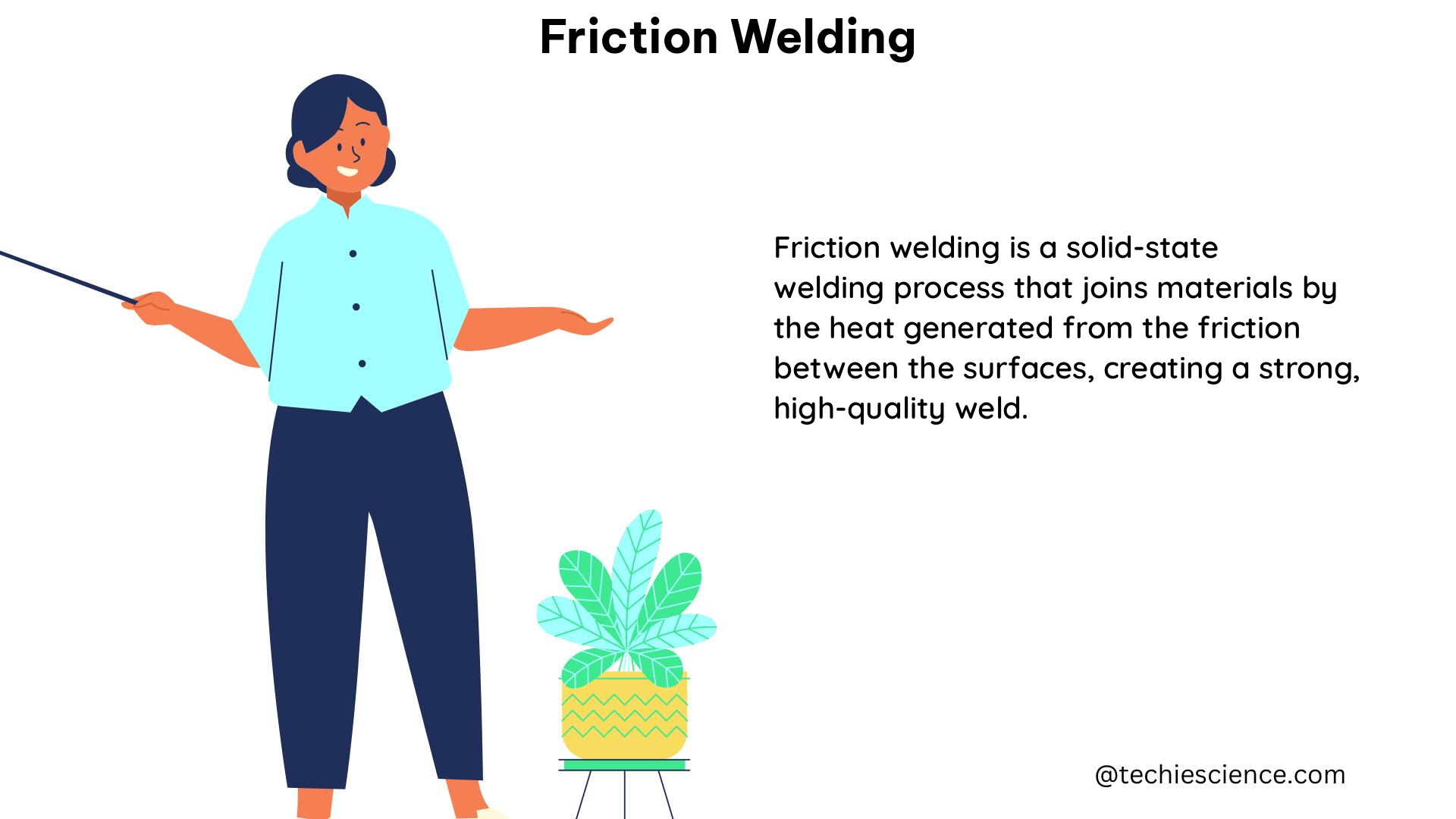
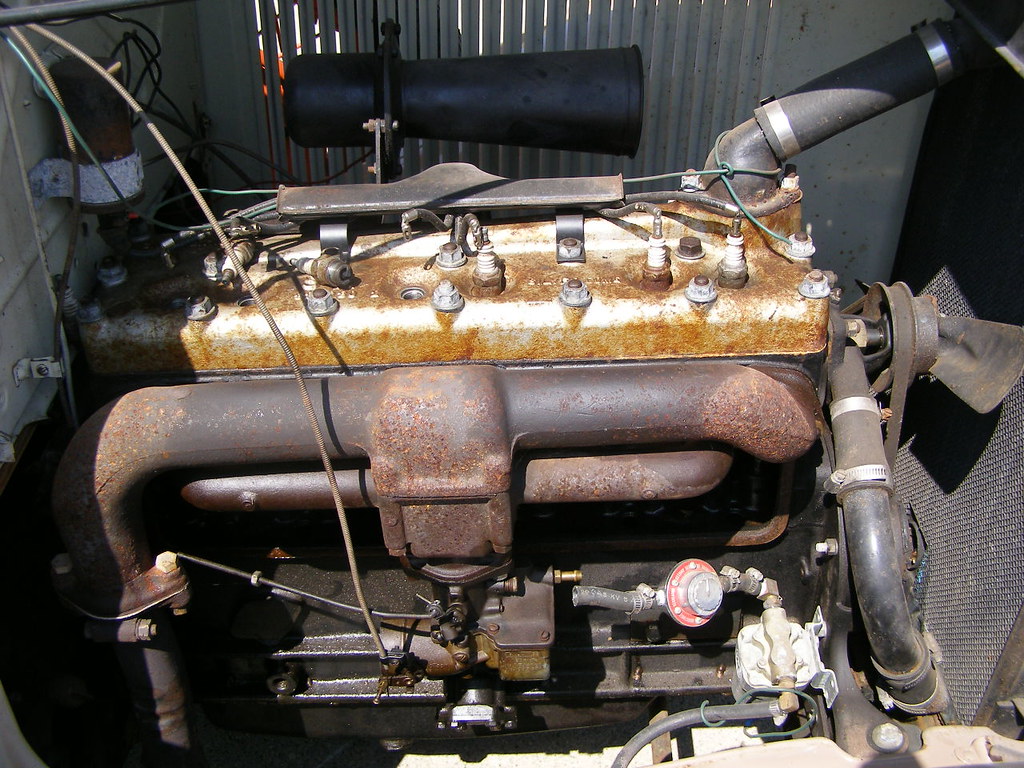








 * 10 * 0.1
* 10 * 0.1 N
N

